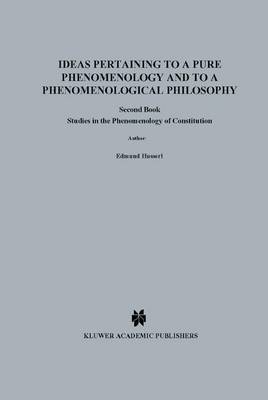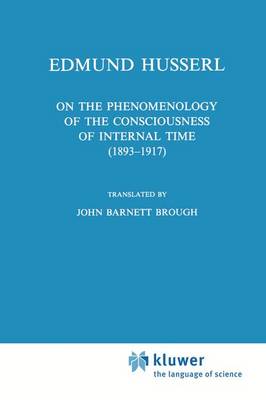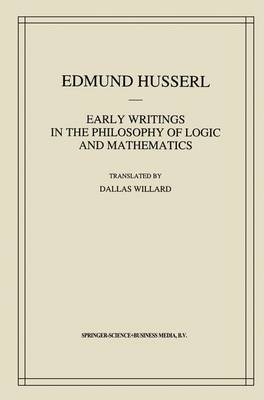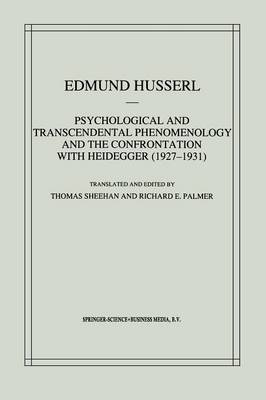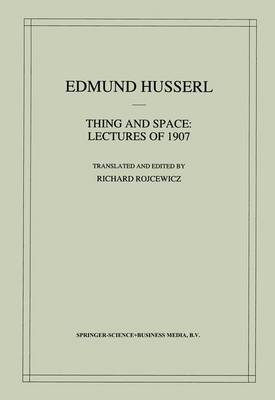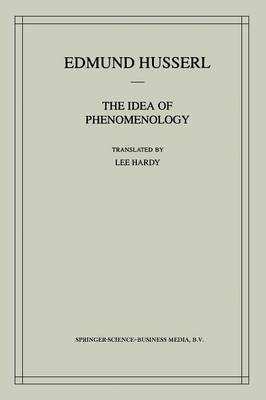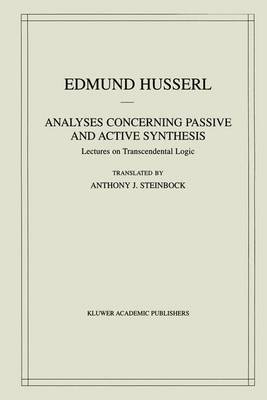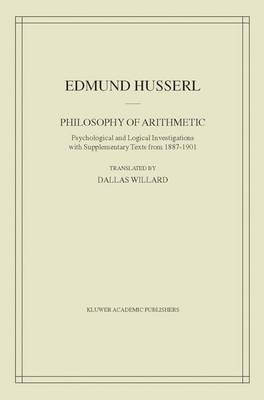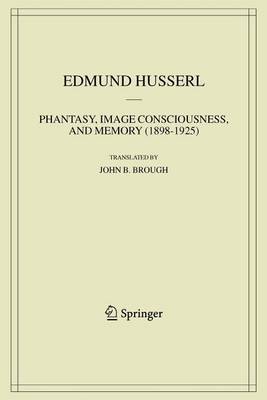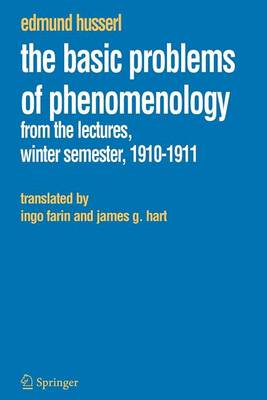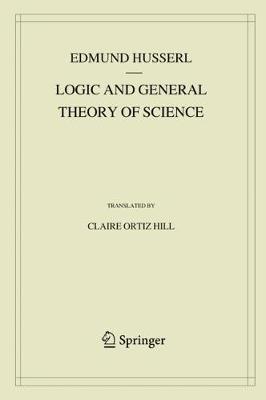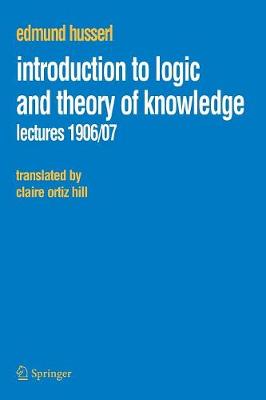Husserliana: Edmund Husserl - Collected Works
11 primary works • 12 total works
Book 2
Ideas Pertaining to a Pure Phenomenology and to a Phenomenological Philosophy
by Edmund Husserl
It was composed by Hussed "in one stroke" immediately after the completion of I Edmund Husser!: Ideen zu einer reinen Phiinomenologie und phiinomenologischen Philosophie. Zweites Buch: Phiinomenologische Untersuchungen zur Konstitution. Edited by Marly Biemel. The Hague: Martinus NijhofT, 1952 (Husserliana IV).
Book 4
On the Phenomenology of the Consciousness of Internal Time (1893-1917)
by Edmund Husserl
The references in Roman numerals that occur in parentheses in this Introduction are to Rudolf Boehm's "Editor's Introduction" to Husserliana X. References in Arabic numerals, unless otherwise noted, will be to this translation. Corresponding page numbers of Husserliana X will be found in the margins of the translation. The translation includes Parts A and B of Husserliana X, with Boehm's notes.
Book 5
Early Writings in the Philosophy of Logic and Mathematics
by Edmund Husserl
Book 6
Psychological and Transcendental Phenomenology and the Confrontation with Heidegger (1927-1931)
by Edmund Husserl
Book 7
Book 8
Book 9
Drawing upon everyday events and personal experiences, the Analyses are marked by a patient attention to the subtle emergence of sense in our lives. By advancing a phenomenology of association that treats such phenomena as bodily kinaesthesis, temporal genesis, habit, affection, attention, motivation, and the unconscious, Husserl explores the cognitive dimensions of the body in its affectively significant surroundings. An elaboration of these diverse modes of evidence and their modalizations (transcendental aesthetic), allows Husserl to trace the origin of truth up to judicative achievements (transcendental logic).
Joined by several of Husserl's essays on static and genetic method, the Analyses afford a richness of description unequalled by the majority of Husserl's works available to English readers. Students of phenomenology and of Husserl's thought will find this an indispensable work.
Book 10
This volume is a window on a period of rich and illuminating philosophical activity that has been rendered generally inaccessible by the supposed "revolution" attributed to "Analytic Philosophy" so-called. Careful exposition and critique is given to every serious alternative account of number and number relations available at the time.
Book 11
This is the first English translation of Husserliana XXIII, the volume in the critical edition of Edmund Husserl's works that gathers together a rich array of posthumous texts on representational consciousness. The lectures and sketches comprising this work make available the most profound and comprehensive Husserlian account of image consciousness. They explore phantasy in depth, and furnish nuanced accounts of perception and memory.
Book 12
This book provides a short introduction to Husserlian Phenomenology by Husserl himself. Husserl highly regarded his work "The Basic Problems of Phenomenology" as basic for his theory of the phenomenological reduction. He considered this work as equally fundamental for the theory of empathy and intersubjectivity and for his theory of the life-world. Further, with the appendices, it reveals Husserl in a critical dialogue with himself.
Book 15
v. 13
Besides shedding considerable light on the genesis of phenomenology, it sheds needed light on many other dimensions of Husserl's thought that have puzzled and challenged scholars.
